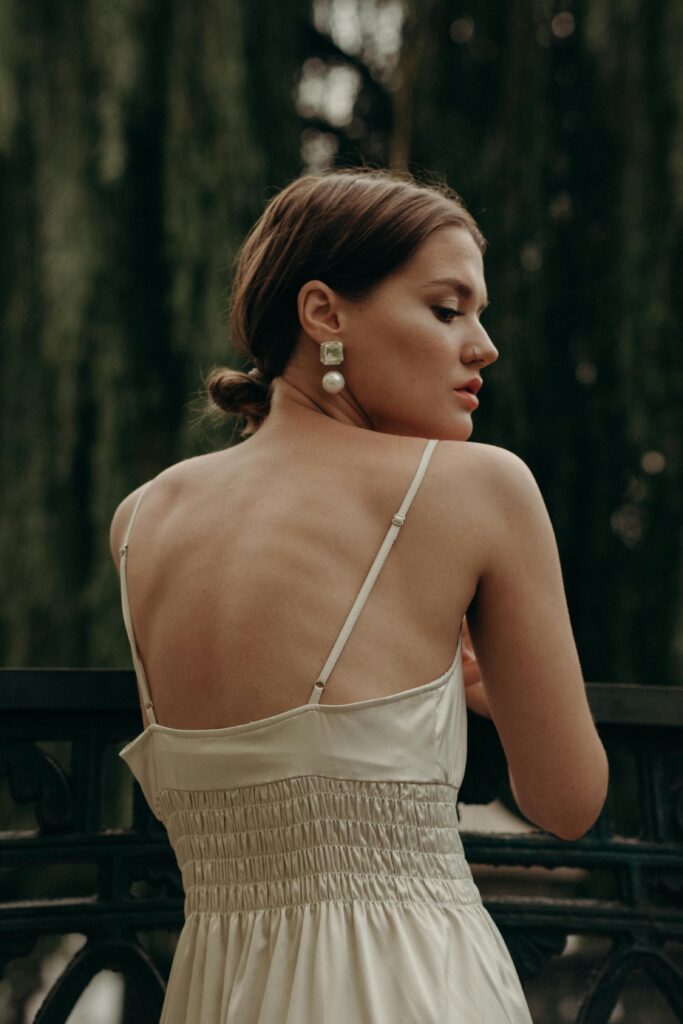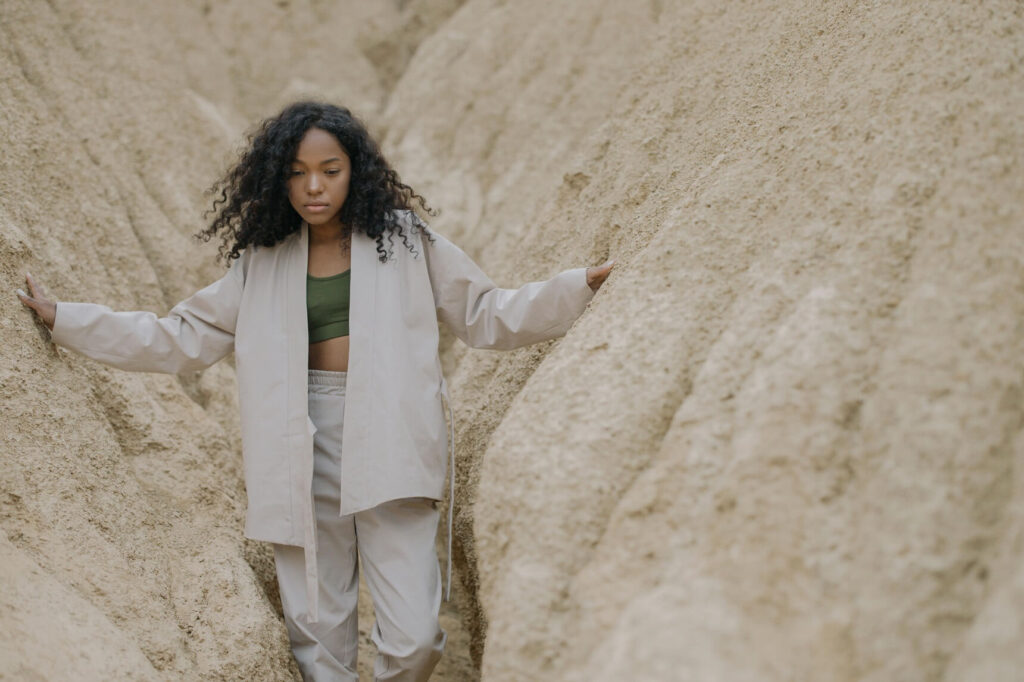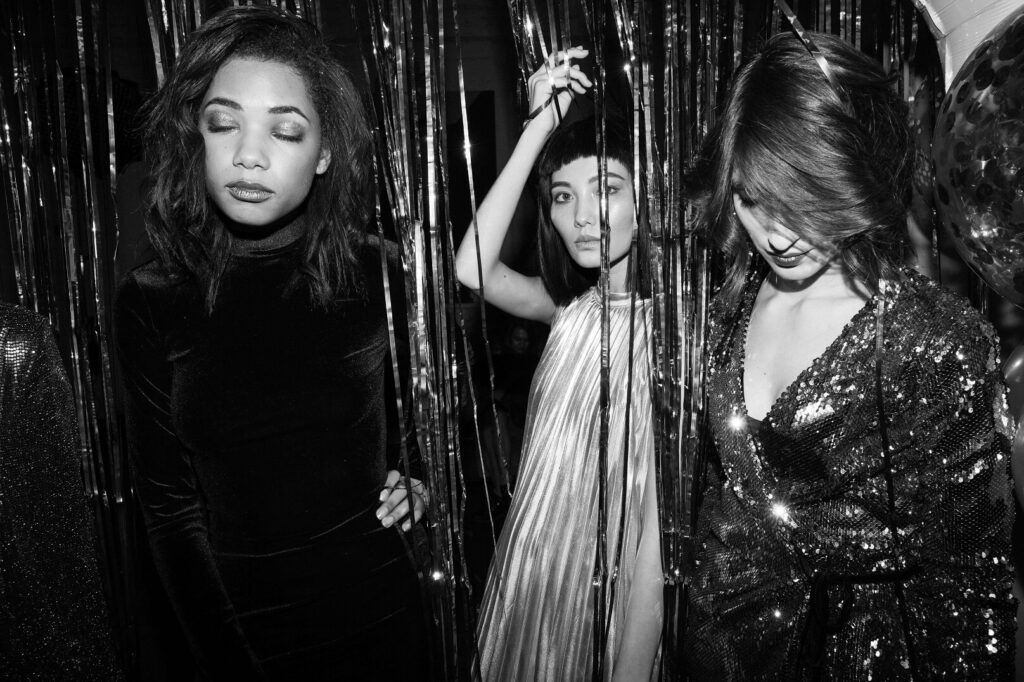Blogs
Which Clothes Should You Hang?
Which Clothes Should You Hang?
Proper storage is key to maintaining the shape, quality, and lifespan of your clothing. Using a hanger is a simple and viable method for keeping your wrinkle-free and well-organized. Be that as it may, not all articles of clothing are made to hang, and understanding what clothes should be placed on a hanger versus folded can assist with safeguarding your closet. Here is your ultimate guide for which garments ought to go on a holder and how to focus on them.
1.What Should I Hang – Dresses: Consistently Hang for Shape and Perfection
Dresses, particularly those with a characterized shape, benefit from hanging. Whether it’s a relaxed day dress or a conventional night outfit, hanging these garments keeps up with their outline and forestalls wrinkles.
Fit and Flare Dresses: Always hang them from the shoulder seams. This keeps the waistline crisp and the flare in shape.
Shift Dresses: Hang them by the shoulder straps or across the top. This avoids creases and helps the fabric stay smooth.
Maxi and Night Outfits: Use the straps or shoulders to hang them. That way, the length stays even, and the fabric won’t stretch.
Tip: For fragile textures like silk or glossy silk, utilize a cushioned holder or a velvet holder to forestall checks and ensure the texture doesn’t loosen up.
2. Which clothes to hang? Shirts and Tops: Keep Them Crisp
Shirts and tops, particularly those produced using woven or sensitive textures, ought to be hung to keep them fresh and flawless. This keeps them from becoming badly creased or distorted when put away.
Traditional Shirts: Hang these from the shoulders to keep the neckline and sleeves looking sharp. Secure the top button to guarantee the shirt keeps its shape.
Tops with Sensitive Textures: Use padded or wide-shoulder hangers for silk shirts, cashmere, or delicate trim tops. This helps them keep their shape and prevents stretching.
Sweaters: Fold heavier knits like cashmere or wool to avoid sagging. However, you can hang lightweight knit tops—as long as you use a shaped hanger.
Tip: Try not to hang clothes with spaghetti lashes or fragile subtleties that could sneak off holders. Consider using hanging clips or a special hanger that holds the straps.
3. Suits and Overcoats: Maintain structure
For professional and formal clothing like suits and overcoats, using a hanger is fundamental to keep up with structure and prevent wrinkles. A well-tailored suit needs a wide-shoulder holder to save its shape.
Blazers: Consistently drape a coat from the shoulders to abstain from drooping. Utilize an expansive holder to assist with keeping the state of the coat and keep it from becoming disfigured.
![]()
Suit pants and skirts: These can be dangled from the belt by using cut holders. For a smooth look, overlay pants along the wrinkle and balance them from the sleeve.
Tip: Consistently button up your overcoat and jeans before hanging them to keep up with their construction and fit.
4. Skirts: Properly Hang To Avoid Wrinkles
Skirts: Hang skirts made from wool, cotton, or denim. This keeps them smooth and prevents wrinkles that form when folded.
Pencil and A-line Skirts: Use clip hangers and hang them by the waistband. This keeps their shape sharp and ready to wear.
This helps save the skirt’s shape and try not to wrinkle at the edges.
Maxi Skirts: For longer skirts, hang them using a wide hanger across the waistband or fold them over a hanger with clips.
Tip: Avoid hanging skirts made from very delicate fabrics like silk unless they are folded to avoid stretching or damage.
5. Outerwear: Keep Your Jackets and Coats in Shape
Winter covers and coats require unique thoughtfulness regarding keeping up with their structure, and a solid holder is critical. Weighty outerwear can lose its shape if not appropriately put away. Winter Covers and Coats: Consistently hang wool coats, peacoats, or overcoats from the shoulders. Use wide, solid holders to prevent shoulder creases from becoming distorted. Raincoats and Lightweight Coats: For lighter coats, use a cushioned holder to hold the texture back from extending or leaving marks.
Tip: For long covers, consider using expansive holders or even a suit bag to hold them back from delaying the ground.
6. Jeans and Pants: Which Clothes to Hang or Overlay? Based On Texture
For pants, hanging is viable in saving their fresh lines and smooth look, however the technique for hanging changes relying upon the texture.
Dress Jeans: Hang these from the waistband using clip hangers or fold them at the crease and hang them with a wide hanger to maintain the pleat and avoid wrinkles.
Pants: While pants are normally collapsed, you can also hang them by the belt involving cut holders for a more organized closet.
Tip: Be aware of draping pants with profound wrinkles if you would rather not protect the
creases. If they’re prone to stretching, avoid hanging them altogether.
7. Sleepwear and Underwear: Be Cautious with Delicates
Things like nightwear and underwear require exceptional consideration while hanging.
Most Clothes: You can hang most garments, but handle delicate fabrics with care. Some materials damage easily if stored the wrong way.
Sleepwear: Hang lightweight cotton or wool pajama sets and robes from the shoulders. However, avoid hanging silk nightwear unless you use padded hangers. This prevents marks and keeps the fabric smooth.
Tip: Use slipcovers or lattice stockpiling sacks for delicates to preserve their shape while hanging.
8. Avoid Hanging: Clothes That Should Be Folded
While many articles of clothing can be hung, some are better when folded to keep up with their shape and prevent stretching.
Sweaters: Knitwear, especially wool or cashmere, should be folded to prevent stretching at the shoulders. Shirts and Easygoing Tops: Relaxed things like cotton Shirts are best folded to save their texture.
Tip: Always fold items with care, paying attention to avoid creases that might be difficult to remove.
Conclusion: Keep Your Closet in Top Shape
Understanding what clothes need to be hung and what ought to be folded can have a major effect on the life span and appearance of your clothing. By picking the right holder for each article of clothing and putting away your garments properly, you’ll keep up with their shape. Appropriate article of clothing stockpiling isn’t just about the organization; it’s about preserving your favorite pieces for years to come.




